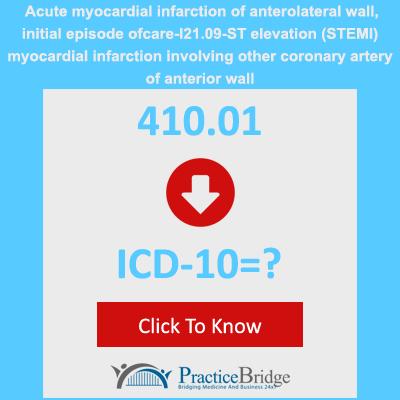ICD-9 TO ICD-10 FORWARD AND BACKWARD TRANSLATION TOOL
On October 1st 2015, health care institutions in the United States have transitioned to the new,greatly expanded ICD-10 diagnosis and procedures code classification system. The ICD-9 classification database contained 14,315 diagnosis codes and 3,838 procedure codes.
The ICD-10 database has 69,101 diagnosis codes and 71,957 procedure codes. Hospitals and clinics rely heavily on these codes, among other things, to get reimbursed for services they provide. The transition to ICD-10 is expected to be a difficult one on many levels, and in an effort to assist providers (including myself :-)) and coders during this process, I developed this translation tool.
The main source I used in developing the
ICD-9 to ICD-10 code Converter tool was General Equivalence Mappings (GEMs) put together by the National Center for Health Statistics (NCHS), the Centers for Medicare and Medicaid Services (CMS), AHIMA, the American Hospital Association, and 3M Health Information Systems.
It is important to keep in mind that this translation tool does not produce exact matches in all cases. Just as some words in, say, English don't have an exact correspondent in Spanish,
Icd 9 To Icd 10 Conversion Tool produce, more often than not, an approximate match or even multiple matches (see examples below). And this should be no surprise given there are almost five times more ICD-10 codes than ICD-9 ones.
Resource: http://icd10 cmcode. com/ icd9to10conversion.php




